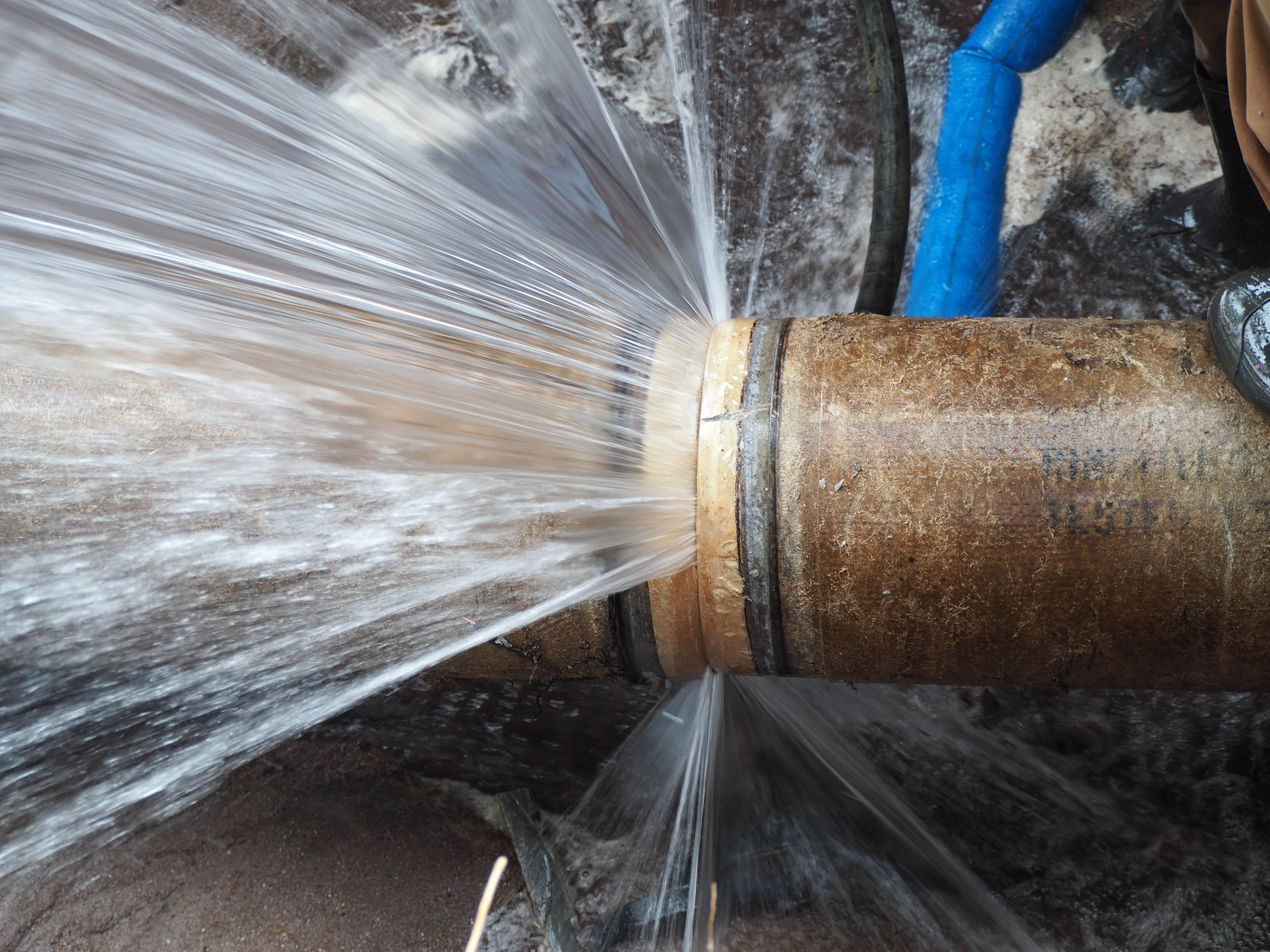Protecting Against Frozen Plumbing in Winter: Expert Strategies
Protecting Against Frozen Plumbing in Winter: Expert Strategies
Blog Article
In this article underneath you'll find additional high-quality details concerning How To Avoid Freezing Pipes.

Winter can wreak havoc on your plumbing, especially by freezing pipelines. Below's how to prevent it from happening and what to do if it does.
Introduction
As temperatures drop, the threat of frozen pipes boosts, possibly resulting in pricey repairs and water damage. Recognizing just how to stop frozen pipes is essential for property owners in chilly climates.
Avoidance Tips
Shielding prone pipelines
Wrap pipes in insulation sleeves or make use of warm tape to protect them from freezing temperatures. Concentrate on pipes in unheated or exterior locations of the home.
Home heating methods
Maintain indoor spaces adequately heated up, specifically areas with pipes. Open closet doors to allow cozy air to distribute around pipelines under sinks.
Exactly how to recognize frozen pipelines
Look for reduced water circulation from taps, unusual odors or sounds from pipelines, and visible frost on exposed pipes.
Long-Term Solutions
Architectural changes
Consider rerouting pipes away from outside wall surfaces or unheated areas. Include additional insulation to attic rooms, basements, and crawl spaces.
Updating insulation
Buy high-grade insulation for pipelines, attics, and wall surfaces. Appropriate insulation helps keep constant temperatures and lowers the danger of frozen pipelines.
Safeguarding Exterior Plumbing
Yard hose pipes and exterior faucets
Separate and drain garden pipes prior to wintertime. Mount frost-proof spigots or cover outside taps with shielded caps.
Understanding Icy Pipelines
What creates pipes to ice up?
Pipelines freeze when subjected to temperatures listed below 32 ° F (0 ° C) for expanded periods. As water inside the pipelines freezes, it expands, taxing the pipe walls and possibly triggering them to burst.
Risks and problems
Frozen pipelines can result in supply of water disturbances, building damages, and expensive repair work. Ruptured pipelines can flooding homes and create considerable architectural damages.
Indicators of Frozen Pipes
Identifying frozen pipes early can prevent them from breaking.
What to Do If Your Pipelines Freeze
Immediate activities to take
If you presume icy pipes, keep taps open up to soothe stress as the ice melts. Use a hairdryer or towels soaked in warm water to thaw pipes slowly.
Verdict
Protecting against frozen pipes calls for positive measures and fast reactions. By recognizing the causes, signs, and safety nets, property owners can shield their plumbing throughout cold weather.
5 Ways to Prevent Frozen Pipes
Drain Outdoor Faucets and Disconnect Hoses
First, close the shut-off valve that controls the flow of water in the pipe to your outdoor faucet. Then, head outside to disconnect and drain your hose and open the outdoor faucet to allow the water to completely drain out of the line. Turn off the faucet when done. Finally, head back to the shut-off valve and drain the remaining water inside the pipe into a bucket or container. Additionally, if you have a home irrigation system, you should consider hiring an expert to clear the system of water each year.
Insulate Pipes
One of the best and most cost-effective methods for preventing frozen water pipes is to wrap your pipes with insulation. This is especially important for areas in your home that aren’t exposed to heat, such as an attic. We suggest using foam sleeves, which can typically be found at your local hardware store.
Keep Heat Running at 65
Your pipes are located inside your walls, and the temperature there is much colder than the rest of the house. To prevent your pipes from freezing, The Insurance Information Institute suggests that you keep your home heated to at least 65 degrees, even when traveling. You may want to invest in smart devices that can keep an eye on the temperature in your home while you’re away.
Leave Water Dripping
Moving water — even a small trickle — can prevent ice from forming inside your pipes. When freezing temps are imminent, start a drip of water from all faucets that serve exposed pipes. Leaving a few faucets running will also help relieve pressure inside the pipes and help prevent a rupture if the water inside freezes.
Open Cupboard Doors
Warm your kitchen and bathroom pipes by opening cupboards and vanities. You should also leave your interior doors ajar to help warm air circulate evenly throughout your home.
:strip_icc()/snow-outdoor-faucet-pipes-4af65d1e5e904fb1aa7bf74071fe5d89.jpg)
Hopefully you enjoyed our piece about How to prepare your home plumbing for winter weather. Thanks a ton for taking the time to read through our blog post. Appreciated our write-up? Please share it. Let somebody else check it out. We recognize the value of your readership.
View Report this page